Back to Courses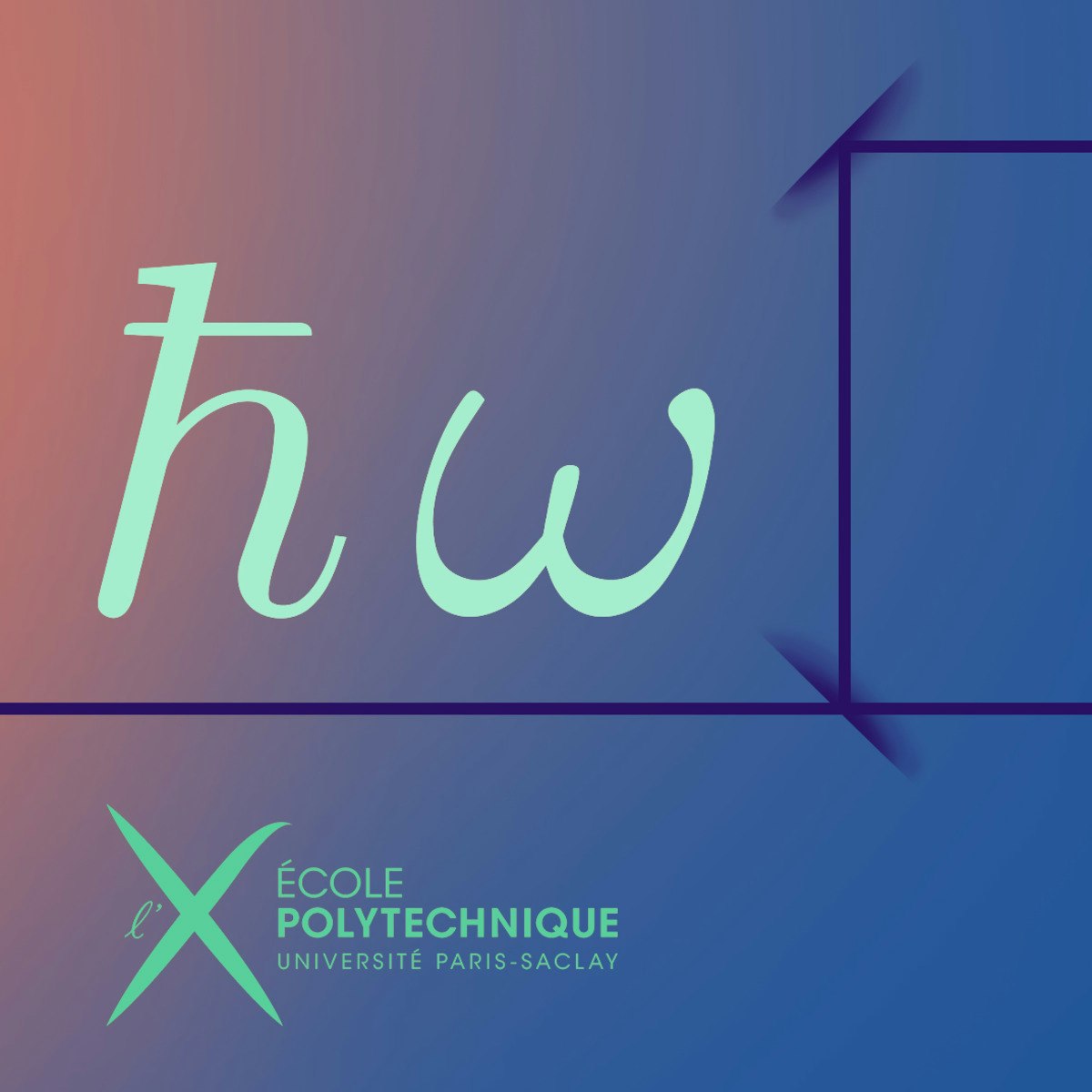
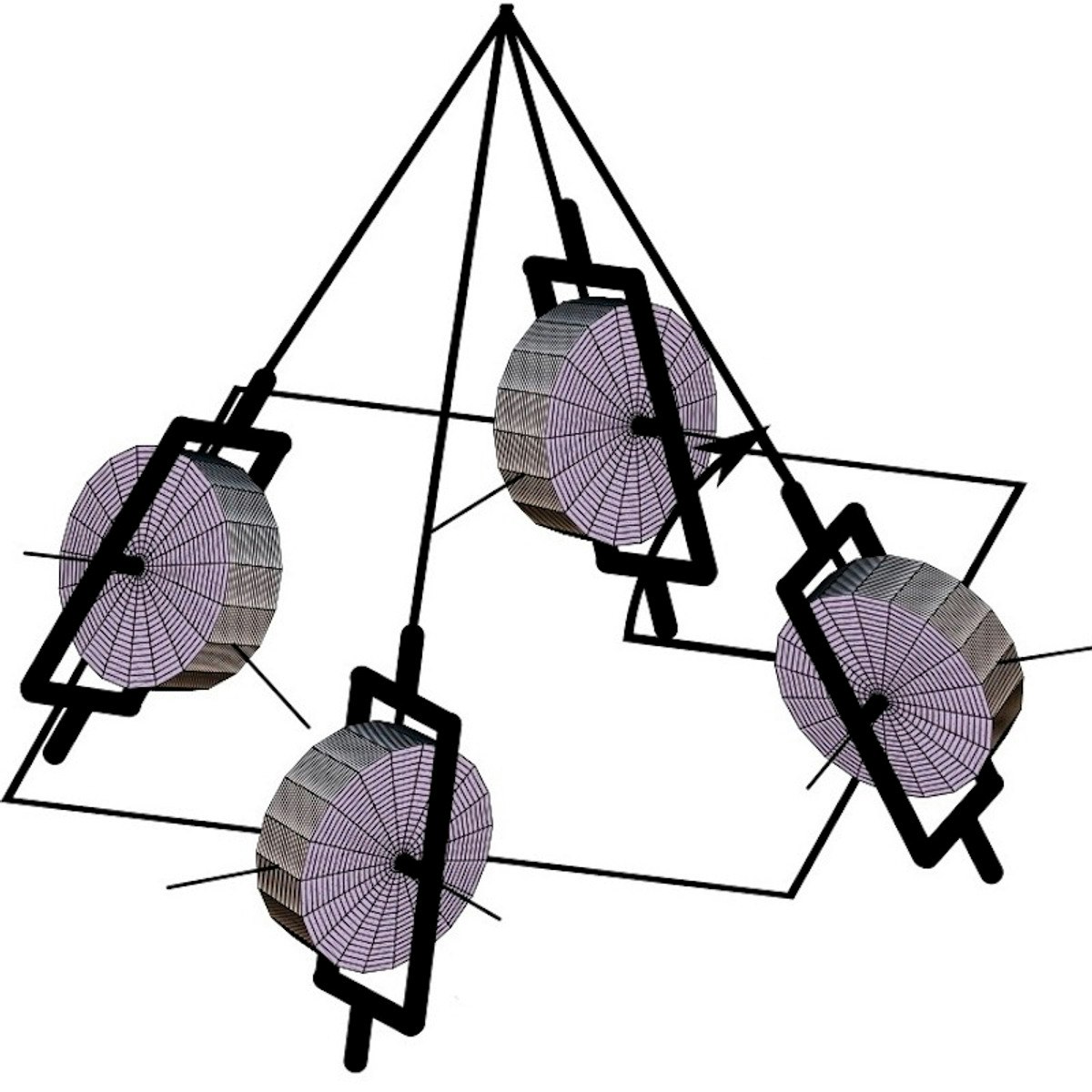



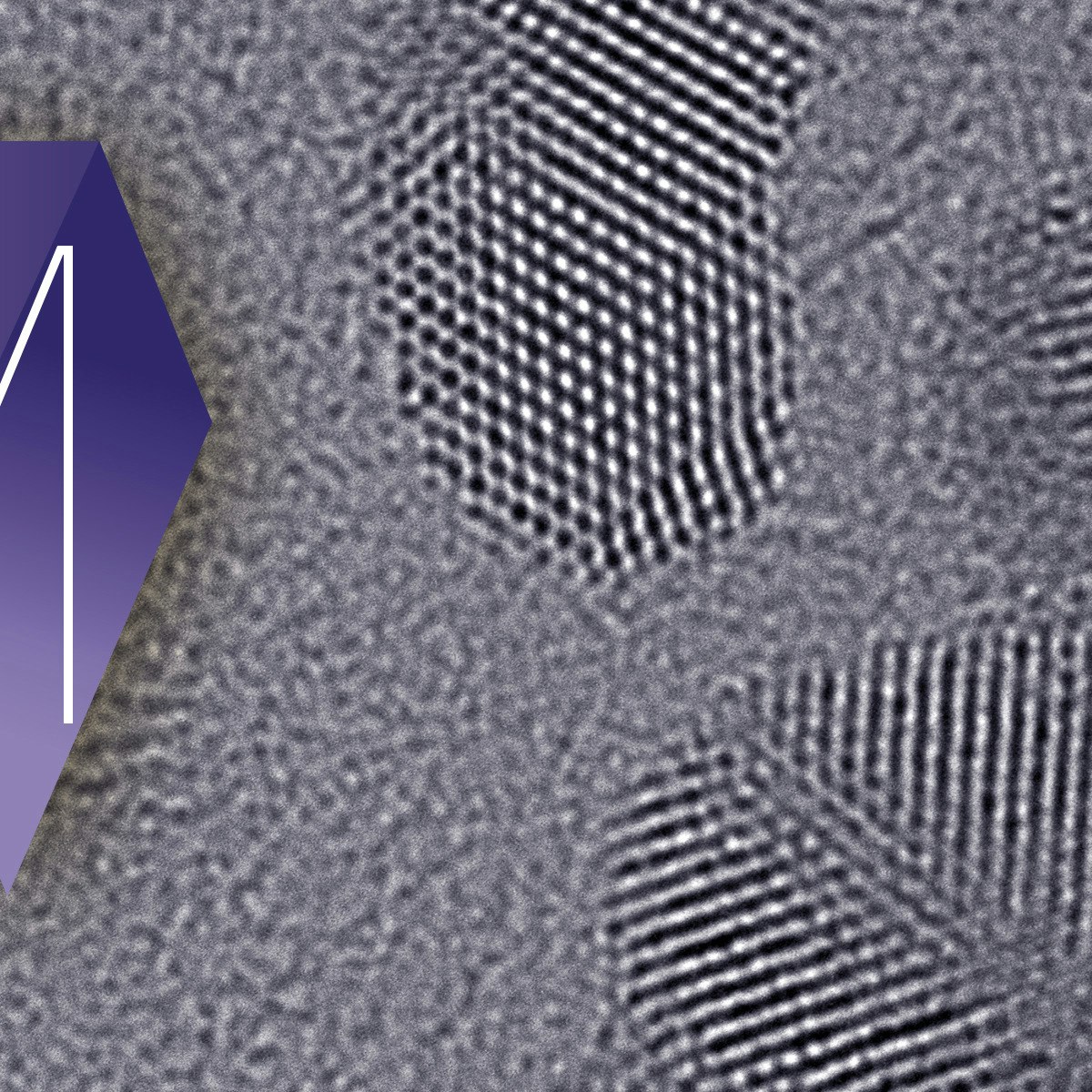
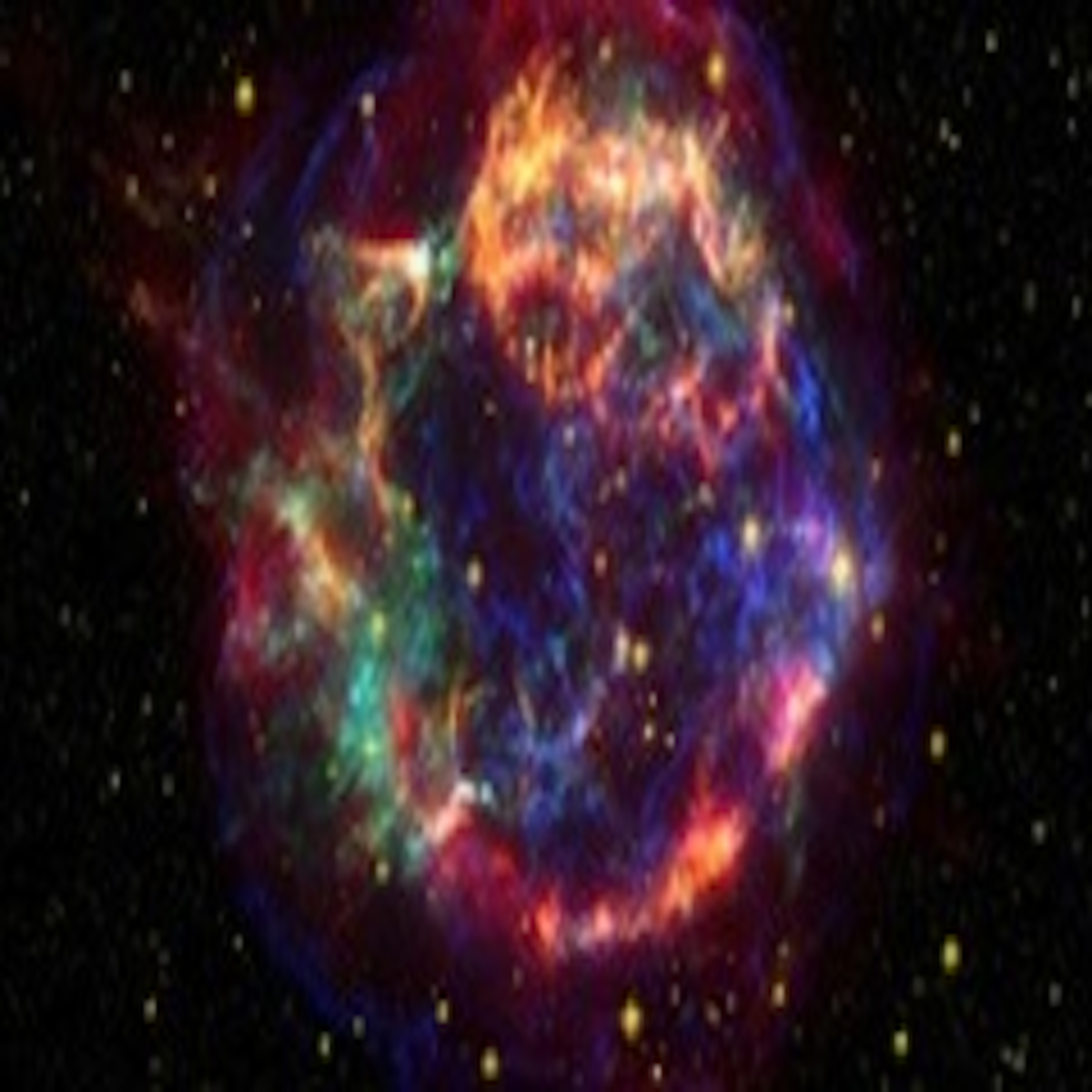
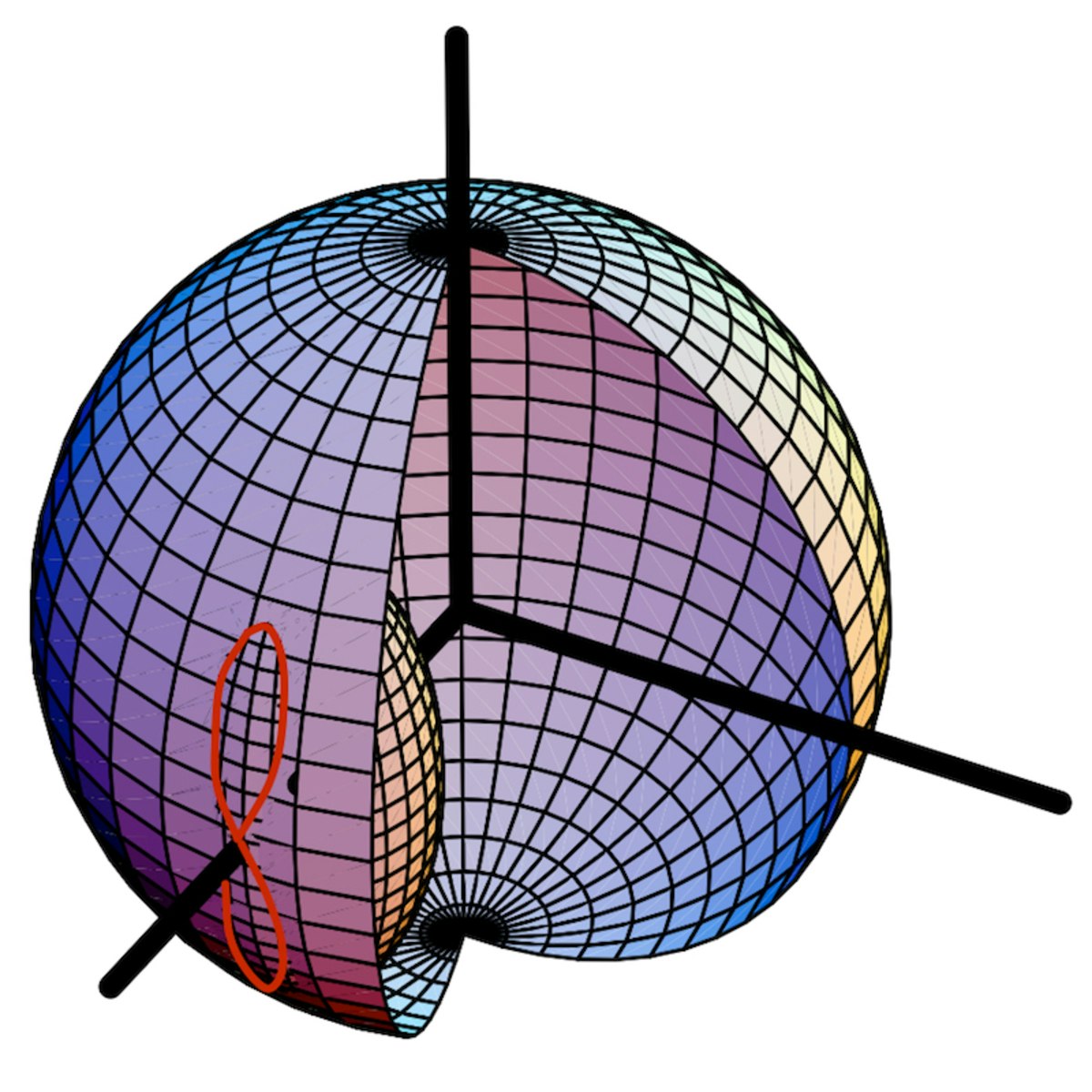


Physics And Astronomy Courses - Page 7
Showing results 61-70 of 87

Quantum Optics 1 : Single Photons
This course gives you access to basic tools and concepts to understand research articles and books on modern quantum optics. You will learn about quantization of light, formalism to describe quantum states of light without any classical analogue, and observables allowing one to demonstrate typical quantum properties of these states. These tools will be applied to the emblematic case of a one-photon wave packet, which behaves both as a particle and a wave. Wave-particle duality is a great quantum mystery in the words of Richard Feynman. You will be able to fully appreciate real experiments demonstrating wave-particle duality for a single photon, and applications to quantum technologies based on single photon sources, which are now commercially available. The tools presented in this course will be widely used in our second quantum optics course, which will present more advanced topics such as entanglement, interaction of quantized light with matter, squeezed light, etc...
So if you have a good knowledge in basic quantum mechanics and classical electromagnetism, but always wanted to know:
• how to go from classical electromagnetism to quantized radiation,
• how the concept of photon emerges,
• how a unified formalism is able to describe apparently contradictory behaviors observed in quantum optics labs,
• how creative physicists and engineers have invented totally new technologies based on quantum properties of light,
then this course is for you.
Analytical Mechanics for Spacecraft Dynamics
This course is part 2 of the specialization Advanced Spacecraft Dynamics and Control. It assumes you have a strong foundation in spacecraft dynamics and control, including particle dynamics, rotating frame, rigid body kinematics and kinetics. The focus of the course is to understand key analytical mechanics methodologies to develop equations of motion in an algebraically efficient manner. The course starts by first developing D’Alembert’s principle and how the associated virtual work and virtual displacement concepts allows us to ignore non-working force terms. Unconstrained systems and holonomic constrains are investigated. Next Kane's equations and the virtual power form of D'Alembert's equations are briefly reviewed for particles.
Next Lagrange’s equations are developed which still assume a finite set of generalized coordinates, but can be applied to multiple rigid bodies as well. Lagrange multipliers are employed to apply Pfaffian constraints.
Finally, Hamilton’s extended principle is developed to allow us to consider a dynamical system with flexible components. Here there are an infinite number of degrees of freedom. The course focuses on how to develop spacecraft related partial differential equations, but does not study numerically solving them. The course ends comparing the presented assumed mode methods to classical final element solutions.

Science and Engineering of Climate Change
Global warming is one of the most significant challenges of the century and tackling it in the most effective way requires a good understanding of its physical, social and financial aspects. The Science and Engineering of Climate Change course offers an introduction to the science of climate change and to the existing technologies to mitigate its effects.
Are we sure that the climate is changing? How confident are we that climate change is anthropogenic? Are we heading for a climate catastrophe? Why are greenhouse gases associated with global warming? What options do we have to cope with these facts? Which of the many proposals are realistic, and which are just wishful thinking? By the end of this course, you will have the necessary conceptual tools to provide your own answers to these questions.
This MOOC is divided into four modules. With the first two you will understand how scientists measure climate and its evolution, how climate models work and how greenhouse gases within the atmosphere play a central role in determining the climate. The last two modules introduce the main technologies that can be used to reduce carbon emissions and carbon concentration in the atmosphere, and, in the light of the facts explained in the first part of the course, explain how these technologies can be best combined.
The MOOC is for those who want to understand not only the basics of climate-change science, but also what we can really and effectively do to curb the present trend in the planet’s temperatures. No previous knowledge is required.

Philosophy, Science and Religion: Science and Philosophy
Philosophy, Science and Religion mark three of the most fundamental modes of thinking about the world and our place in it. Are these modes incompatible? Put another way: is the intellectually responsible thing to do to ‘pick sides’ and identify with one of these approaches at the exclusion of others? Or, are they complementary or mutually supportive? As is typical of questions of such magnitude, the devil is in the details. For example, it is important to work out what is really distinctive about each of these ways of inquiring about the world. In order to gain some clarity here, we’ll be investigating what some of the current leading thinkers in philosophy, science and religion are actually doing.
This course, entitled ‘Science and Philosophy’, is the first of three related courses in our Philosophy, Science and Religion Online series. The first launch is now closed to enrolments. We will launch a new version of the course in July 2018. The course will address four themes each presented by guest lecturers:
1. Are Science and Religion in conflict? (Professor Michael Murray, Franklin & Marshall)
2. Neuroscience and Free Will (Professor Al Mele, Florida State)
3. Creationism and Evolutionary Biology--Science or Pseudo-science? (Dr. Mark Harris and Dr. David de Pomerai, University of Edinburgh)
4. Do Scientific claims constitute absolute truths? (Professor Martin Kusch, University of Vienna)
The second and third courses in the Philosophy, Science and Religion series are ‘Philosophy and Religion’ and ‘Religion and Science’. They may be taken in any order and completing all three courses will give you a broader understanding of this fascinating topic. Look for:
• Philosophy, Science and Religion II: Philosophy and Religion
• Philosophy, Science and Religion III: Religion and Science
Check out our trailer to hear more: https://youtu.be/OifqTI5VKek
You can also follow us on Twitter at https://twitter.com/EdiPhilOnline and you can follow the hashtag #psrmooc

Image Processing: Object Auto-tracking using Tracker
By the end of this project, you will be able to track two different objects easily using Tracker. You will be able to adjust video clip settings and make clips of it.Moreover, you will be able to calibrate your video and set up your coordinate axis. Learning such a skill can help you in your research projects at university or work. It is an added skill to your data analysis skills set that can give you a competitive edge in data science or computer vision career related opportunities. If you are an educator, it will help you to analyze real world physics problems with your students.

Transmission electron microscopy for materials science
Learn about the fundamentals of transmission electron microscopy in materials sciences: you will be able to understand papers where TEM has been used and have the necessary theoretical basis for taking a practical training on the TEM.
This course provides a comprehensive introduction to transmission electron microscopy (TEM) in the field of materials science. For an instrument operated by a single user, modern TEM provides an analytical platform with unsurpassed versatility, giving access to structural and chemical information from the micrometer to the sub-angstrom scale. In a thin, electron-transparent sample one can measure the crystallinity, grain structure, size, and defects, and the chemical composition. The crystal lattice can be imaged with atomic resolution, allowing observation of grain boundaries and interfaces. It is the only direct structural analysis method for studying nanoparticles.
With this course you will gain a deep understanding of modern TEM and the connection between:
- the optics and operation of the instrument;
- the physics of electron-matter interactions;
- insights into the materials properties of the sample.
This gives the background to:
- identify TEM techniques suitable to solving specific scientific problems;
- interpret TEM data presented in articles; appreciate the impact of technological advances that have, for instance, led to sub-angstrom resolution by aberration correction.
It can also be the basis for subsequent practical training on this remarkable instrument, and a stepping stone towards learning very advanced techniques with magical names like “dark field holography” or “angular resolved electron energy-loss spectroscopy”.
Recommended background:
Basics of crystallography and diffraction, college optics (construction of ray diagrams) are absolutely mandatory prerequisites; Fourier optics, more advanced crystallography and solid state physics are of great advantage.

Imagining Other Earths
Are we alone? This course introduces core concepts in astronomy, biology, and planetary science that enable the student to speculate scientifically about this profound question and invent their own solar systems.
All the features of this course are available for free. It does not offer a certificate upon completion.

Kinetics: Studying Spacecraft Motion
As they tumble through space, objects like spacecraft move in dynamical ways. Understanding and predicting the equations that represent that motion is critical to the safety and efficacy of spacecraft mission development. Kinetics: Modeling the Motions of Spacecraft trains your skills in topics like rigid body angular momentum and kinetic energy expression shown in a coordinate frame agnostic manner, single and dual rigid body systems tumbling without the forces of external torque, how differential gravity across a rigid body is approximated to the first order to study disturbances in both the attitude and orbital motion, and how these systems change when general momentum exchange devices are introduced.
After this course, you will be able to...
*Derive from basic angular momentum formulation the rotational equations of motion and predict and determine torque-free motion equilibria and associated stabilities
* Develop equations of motion for a rigid body with multiple spinning components and derive and apply the gravity gradient torque
* Apply the static stability conditions of a dual-spinner configuration and predict changes as momentum exchange devices are introduced
* Derive equations of motion for systems in which various momentum exchange devices are present
Please note: this is an advanced course, best suited for working engineers or students with college-level knowledge in mathematics and physics.

Astro 101: Black Holes
What is a black hole? Do they really exist? How do they form? How are they related
to stars? What would happen if you fell into one? How do you see a black hole if they
emit no light? What’s the difference between a black hole and a really dark star?
Could a particle accelerator create a black hole? Can a black hole also be a worm
hole or a time machine?
In Astro 101: Black Holes, you will explore the concepts behind black holes. Using the theme of black holes, you will learn the basic ideas of astronomy, relativity, and quantum physics.
After completing this course, you will be able to:
• Describe the essential properties of black holes.
• Explain recent black hole research using plain language and appropriate analogies.
• Compare black holes in popular culture to modern physics to distinguish science fact from science fiction.
• Describe the application of fundamental physical concepts including gravity, special and general relativity, and quantum mechanics to reported scientific observations.
• Recognize different types of stars and distinguish which stars can potentially become black holes.
• Differentiate types of black holes and classify each type as observed or theoretical.
• Characterize formation theories associated with each type of black hole.
• Identify different ways of detecting black holes, and appropriate technologies associated with each detection method.
• Summarize the puzzles facing black hole researchers in modern science.

Nanophotonics and Detectors
This course can also be taken for academic credit as ECEA 5606, part of CU Boulder’s Master of Science in Electrical Engineering degree.
Nanophotonics and Detectors Introduction
This course dives into nanophotonic light emitting devices and optical detectors, including metal semiconductors, metal semiconductor insulators, and pn junctions. We will also cover photoconductors, avalanche photodiodes, and photomultiplier tubes. Weekly homework problem sets will challenge you to apply the principles of analysis and design we cover in preparation for real-world problems.
Course Learning Outcomes
At the end of this course you will be able to…
(1) Use nanophotonic effects (low dimensional structures) to engineer lasers
(2) Apply low dimensional structures to photonic device design
(3) Select and design optical detector for given system and application
Popular Internships and Jobs by Categories
Find Jobs & Internships
Browse
© 2024 BoostGrad | All rights reserved